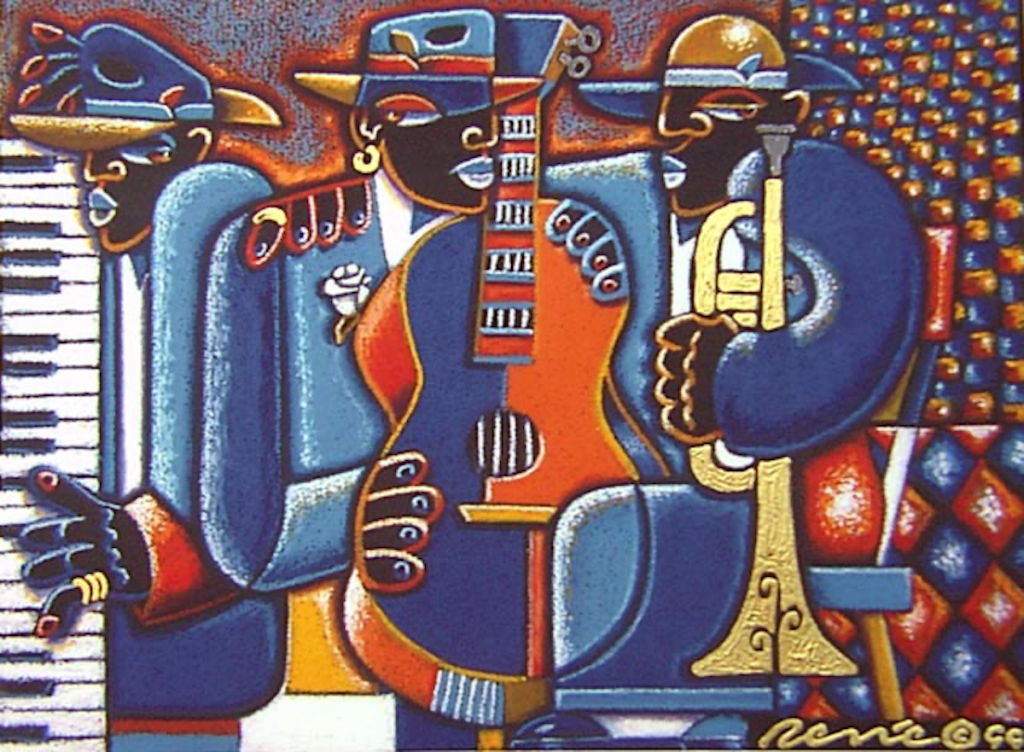Black artists’ contributions have weaved innovative, tenacious, and culturally rich threads throughout the histories of resistance, art, and culture. Their works transcend boundaries, honouring the unique histories of Black identity while speaking to the universal human experience—from the depths of suffering to the heights of success.
Every artist’s tale, from pioneers who broke boundaries to modern visionaries influencing the conversation of our day, is a monument to the strength of imagination and the never-ending pursuit of beauty, justice, and truth. The world is shown the power of cultural history, the beauty of diversity, and the transforming power of artistic expression via their art. A method for marking them in the human experience is art. Black art history explores the complexity of the human spirit, tackles the problematic past, celebrates victories of resilience, and negotiates the intersections of art and identity.
Black art, viewed through the creative lens, demonstrates inspiration in the search for truth, empathy in comprehension, and unity in difference. Black art is a call to action for a more inclusive and equitable artistic landscape, a celebration of achievement and a tribute to resiliency.
For this month of february, celebrated across the world as Black History Month, we put our spotlight on a few Black Artists that have contributed heavily to the history of art with their unique styles and impressions.
Jean-Michel Basquiat
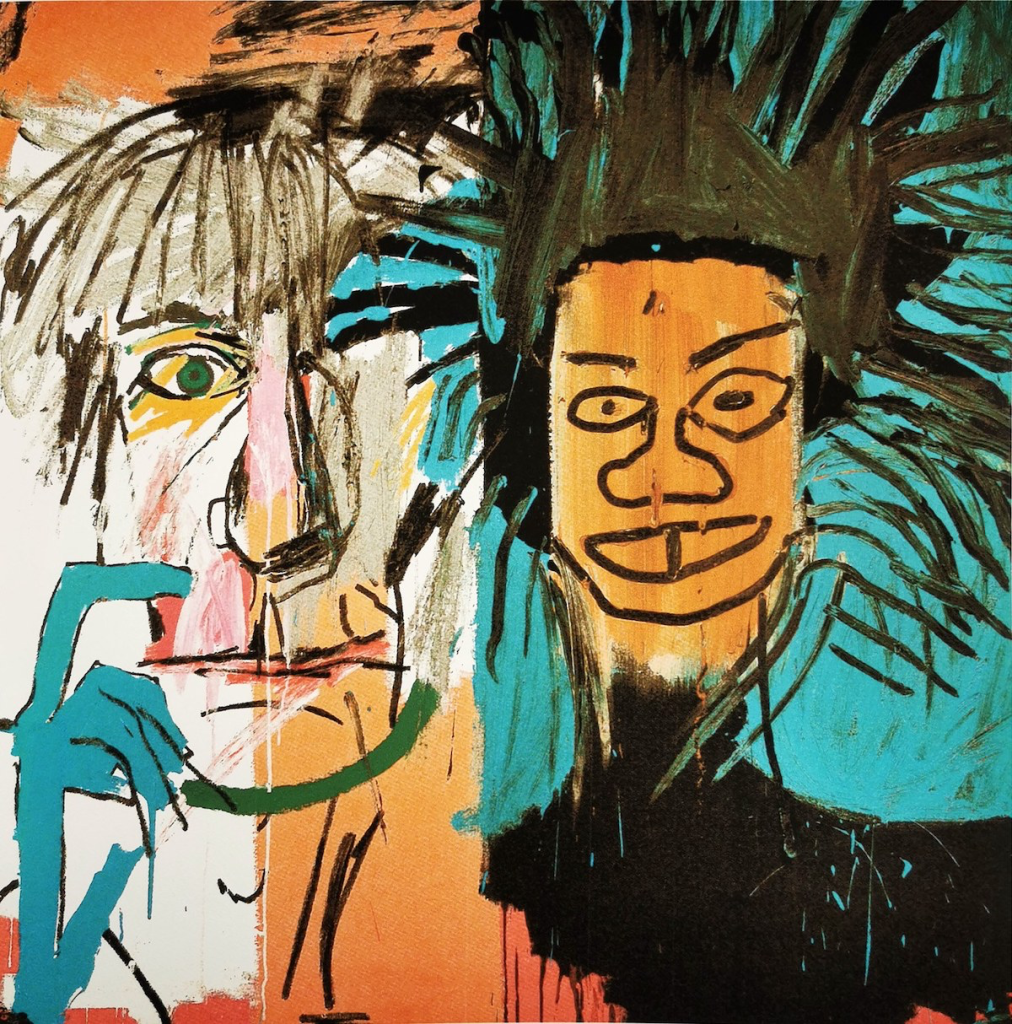
Image Courtesy- One.bid
It was common knowledge that Basquiat only depicted his subjects’ heads, never their entire bodies. Numerous contemporary reviewers concurred that his utilization of “heroic” symbols and figures aided in better defining his unique style. The frequent use of words, anagrams, symbols, and numbers in Basquiat’s artwork is another defining feature. This could be the case because his formative years spent creating graffiti on New York’s streets greatly impacted him. Renowned painter, draughtsman, poet, musician, and graffiti artist Jean-Michel Basquiat led New York’s downtown avant-garde in the late 1970s and early 1980s.
Jacob Lawrence
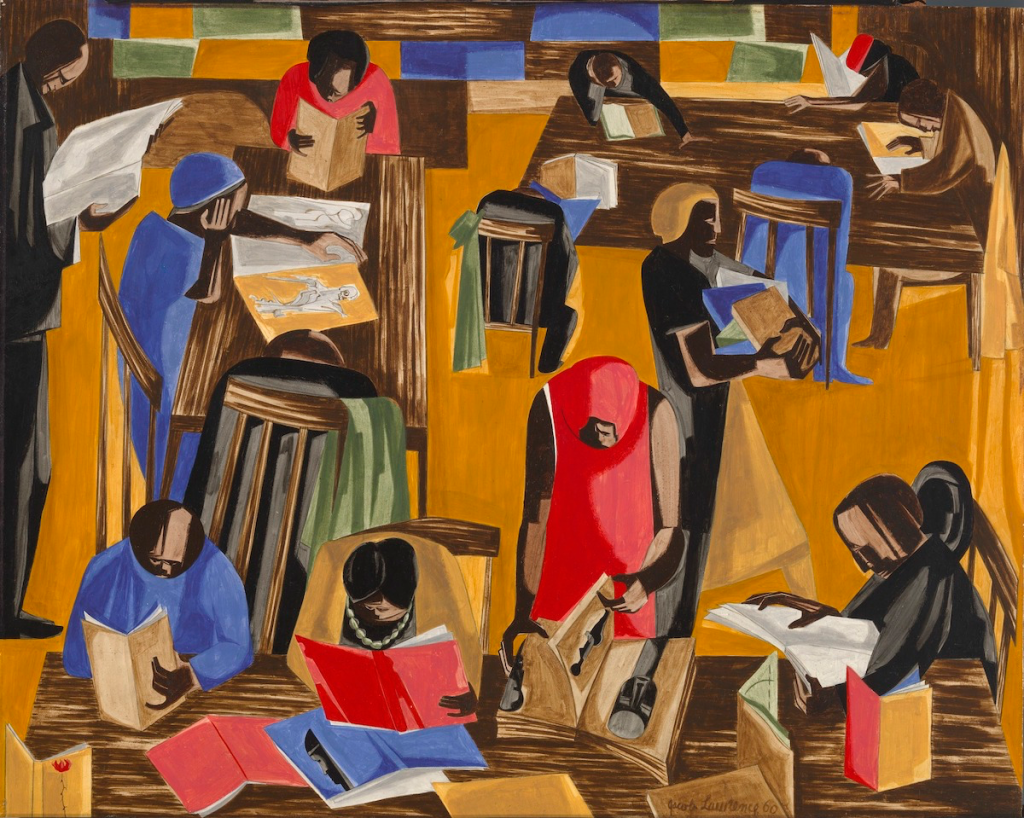
Image Courtesy- SAAM
In American art, few names have the same profound resonance as Jacob Lawrence‘s. Lawrence is well-known for his realistic depictions of African American life, but his achievements go beyond his talent for telling a powerful tale of hardship, resiliency, and cultural identity. Lawrence’s work, which captivates audiences abroad and includes his well-known Migration Series and poignant portrayals of everyday life, has impacted the art world.
A key player in the Harlem Renaissance, Jacob Lawrence was born in Atlantic City, New Jersey, in 1917. The artistic accomplishments of African Americans in the early 20th century were honoured by this cultural movement. Growing up in the bustling Harlem neighbourhood of New York City, Lawrence was heavily influenced by the diverse African American culture of his early years. This cultural patchwork would later shape his artistic approach and themes.
Gordon Parks
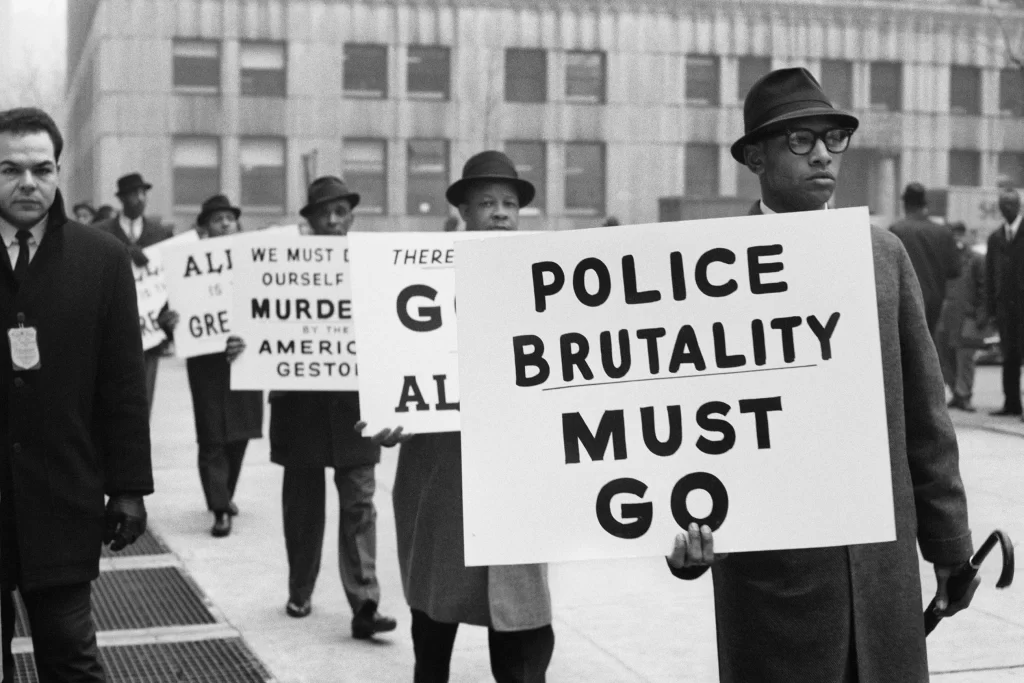
Image Courtesy- npr.org
Gordon Parks, a pioneer in American photography and film, employed his camera as a powerful tool for social and artistic change. Parks overcame adversity to become a multifaceted artist whose work was distinguished by a strong dedication to social justice and visual brilliance. Parks was born into poverty in 1912 in Fort Scott, Kansas. Parks began her career as a photographer in the 1930s, capturing the grim realities of living during the Great Depression. His early works, such as “American Gothic, Washington, D.C.” (1942), showed his ability to narrate tales and transform everyday scenes into engaging stories.
Kara Walker
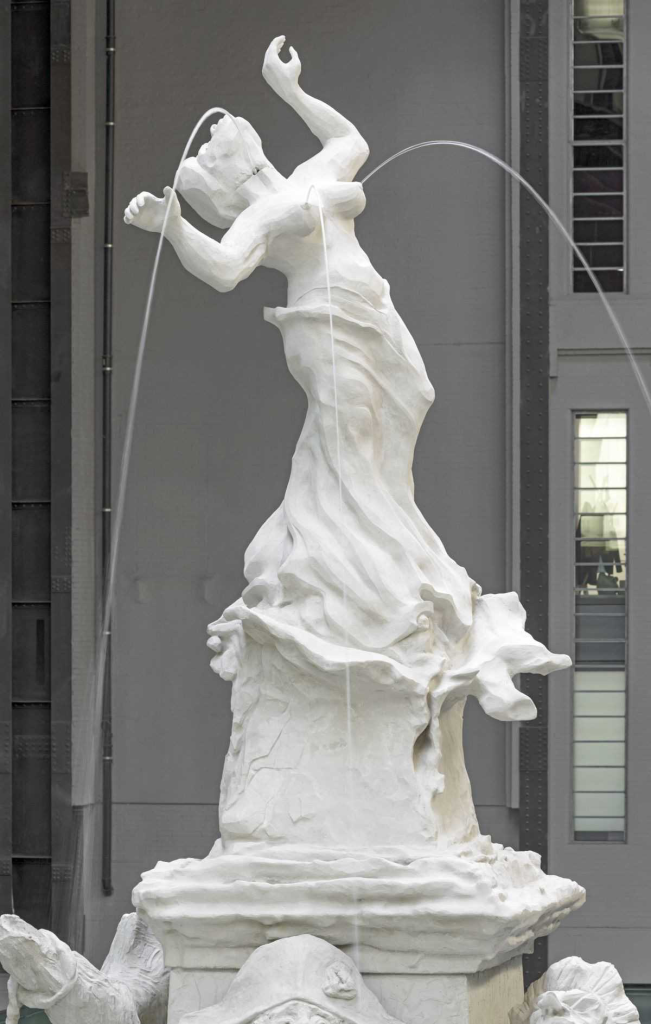
Image Courtesy- Tate.org
American contemporary artist Kara Walker is most recognized for using silhouette cutouts to investigate racial, gendered, and power-related concerns. Walker was raised in Atlanta, Georgia, and attended the Rhode Island School of Design after being born in California in 1969. Her large-scale, black-and-white silhouette paintings, which frequently featured scenes of violence, slavery, and sexual exploitation, brought her widespread recognition in the 1990s.
Walker’s work is renowned for being thought-provoking and controversial, and it has generated a lot of debate and critical discussion. Her silhouettes frequently feature sexist and racist themes, forcing viewers to face the country’s long history of racial oppression and violence. Some have regarded her work as a critique of the romanticization of slavery’s legacy and the antebellum South. It has received recognition for being willing to face up to brutal facts about American society and history.
Alma Thomas
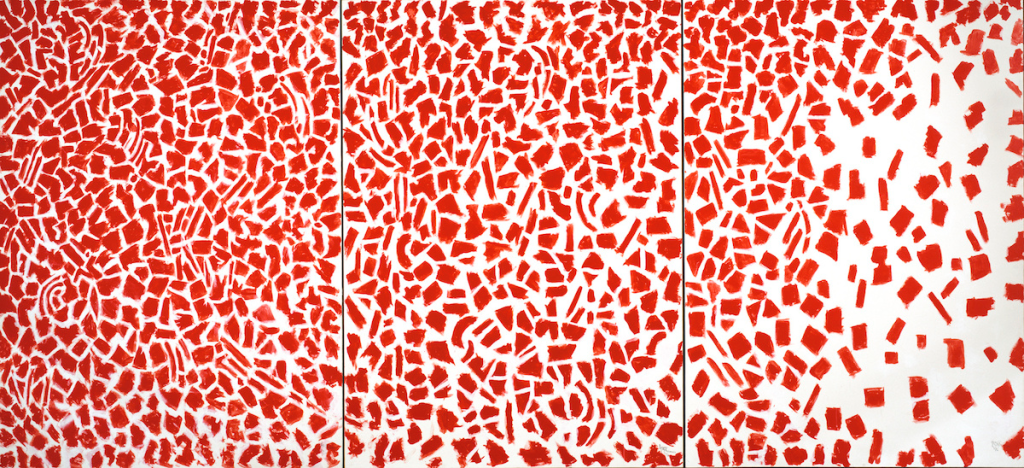
Image Courtesy- Chrysler.org
American artist and instructor Alma Woodsey Thomas (1891–1978) was well-known for her abstract paintings. She was raised in Washington, D.C., after being born in Columbus, Georgia. Thomas taught art in a public school for 35 years after she decided to become a teacher. She became a severe painter after retiring from teaching in her seventies. Alma Thomas participated actively in the Washington Color School Art Movement despite being best known for her expressionist paintings. Despite the segregation and common discrimination at the time, she was a thriving African-American lady artist.
Faith Ringgold
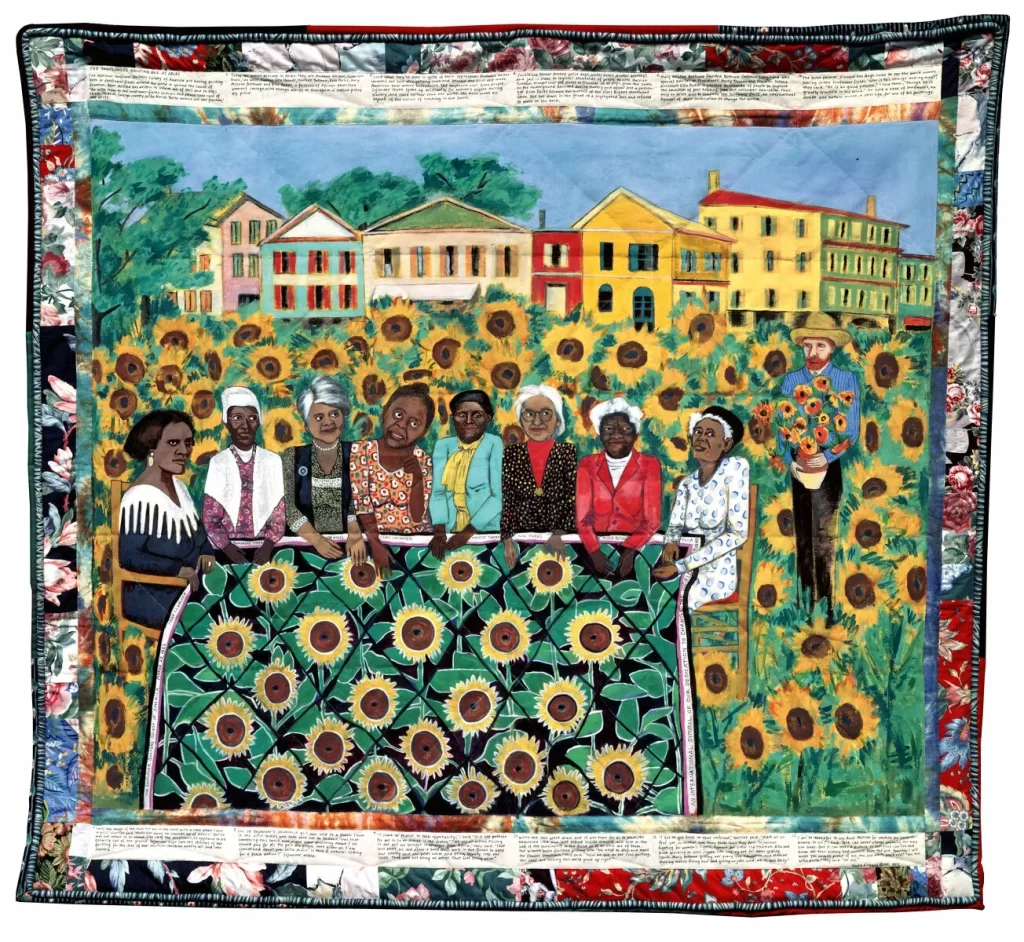
Image Courtesy- Museum of Contemporary Art Chicago
American artist Faith Ringgold‘s literary and visual arts accomplishments are her most well-known works. She was born in the Harlem neighbourhood of New York City on October 8, 1930. Ringgold has been a prominent figure in the feminist art movement and the fight for civil rights. Ringgold became well-known for using quilting as an inventive medium. Her “storey quilts,” which blend storytelling, painting, and quilted fabric, have made her especially well-known. Frequently, scenarios from African American history and culture are portrayed in these narrative quilts.
Augusta Savage
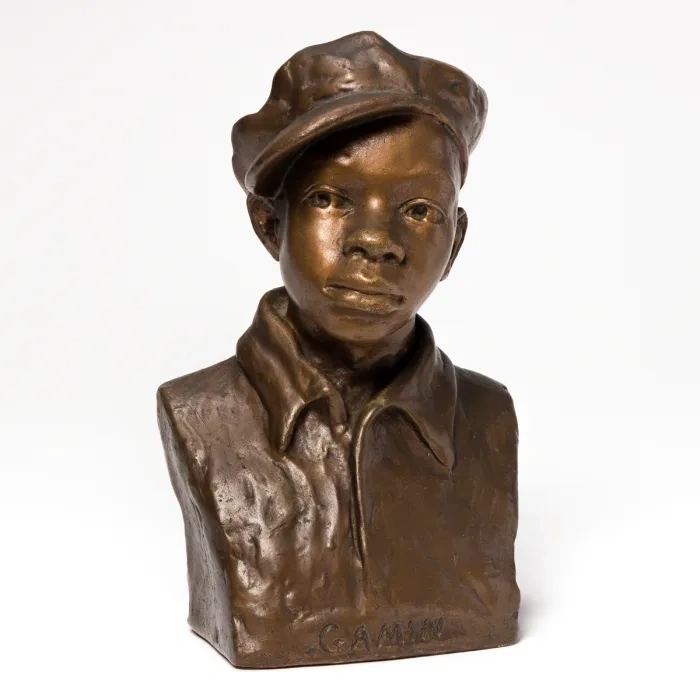
Image Courtesy- Kovels Antique Trader
“We do not ask for any special favours as artists because of our race,” declared Augusta Savage, a woman artist, when she launched “the Salon of Contemporary Negro Art” in 1939—one of the first art galleries of that kind named after an African American woman. We merely wish to showcase our creations and leave it to your judgment to determine their qualities. Afro-American sculptor Augusta Savage was a prominent member of the African revivalist movement during that era, a teacher to the African community, and a person strongly associated with the Harlem Renaissance. Her studio is a study hub for Africans who want to better themselves and the world.
A book named “The New Negro,” published by Alain Locke, is considered to be the official document and Bible of the Harlem Renaissance. It was essential in turning the movement into a cultural movement before Savage launched her studio in 1925 under a politically motivated moniker. According to Arnold Rampersad in the revised version of “The New Negro,” “The New Negro would have to accept this lofty status even as it sought to dispel the prevailing notion among most Whites of Blacks as not only physically and culturally inferior but also without much hope of improvement.”
Romare Bearden
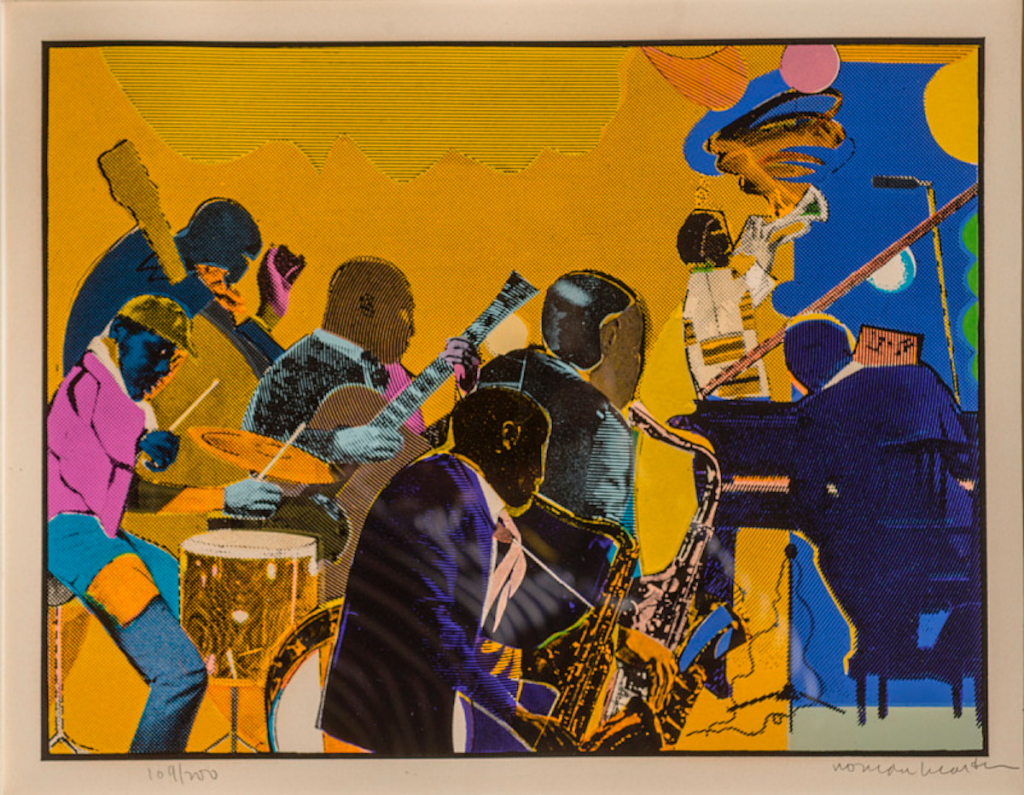
Image Courtesy- Singulart
Romare Howard Bearden was an artist whose work transcended boundaries and provoked conversations about identity, culture, and race in America. Besides his artistic endeavours, Bearden was a humanitarian dedicated to nurturing emerging talent and promoting cultural tolerance.
Bearden’s educational path led him from Lincoln University to Boston University after graduating with a degree in education from New York University. As a result of his growing appreciation for art, while attending NYU, Bearden became a successful cartoonist and the art editor of “The Medley.” He continued his artistic endeavours at the Sorbonne in Paris and the Art Students League in New York. He began contributing weekly editorial cartoons to the Baltimore Afro-American in 1935 and continued in that capacity until 1937. This was a sea change in his professional life.
Mickalene Thomas
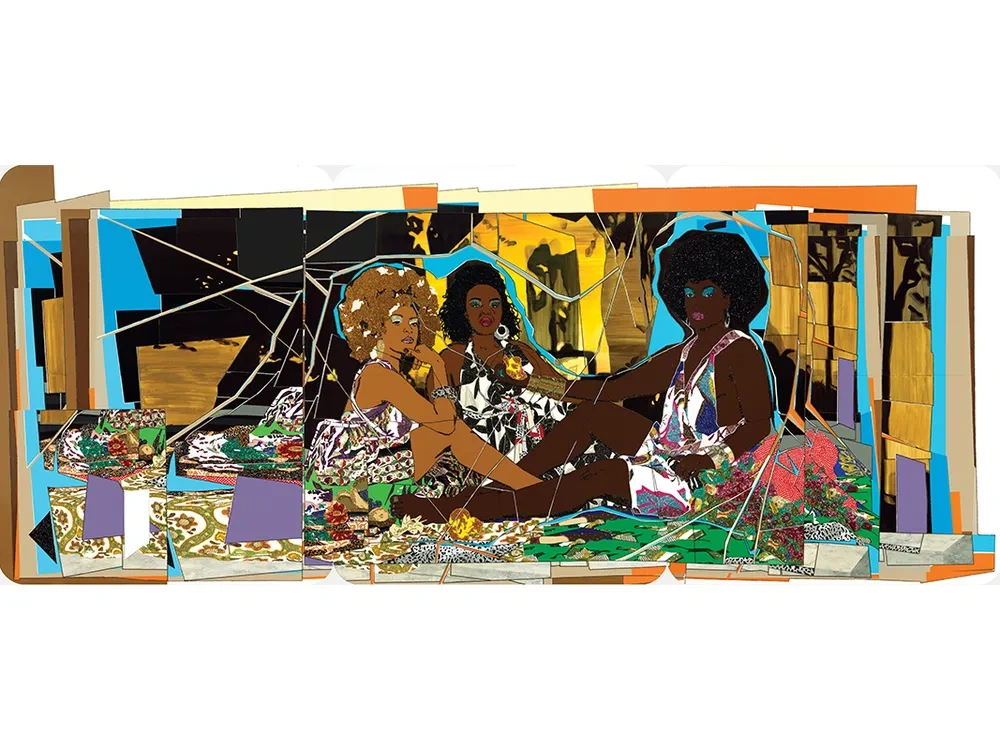
Image Courtesy- Smithsonianmag
American modern artist Mickalene Thomas is well-recognized for her colourful and intricate paintings, photographs, and installations. Thomas, born in Camden, New Jersey 1971, frequently tackles issues of race, gender, sexuality, and representation in her works. She finds inspiration in popular culture, art history, and her experiences as a black woman. Thomas became well-known for her intricate paintings of black women, which frequently included collage, acrylic paint, and rhinestones to produce compositions with depth and visual appeal. Her art celebrates the diversity and complexity of black femininity while challenging conventional ideas of identity and beauty.
Lorna Simpson
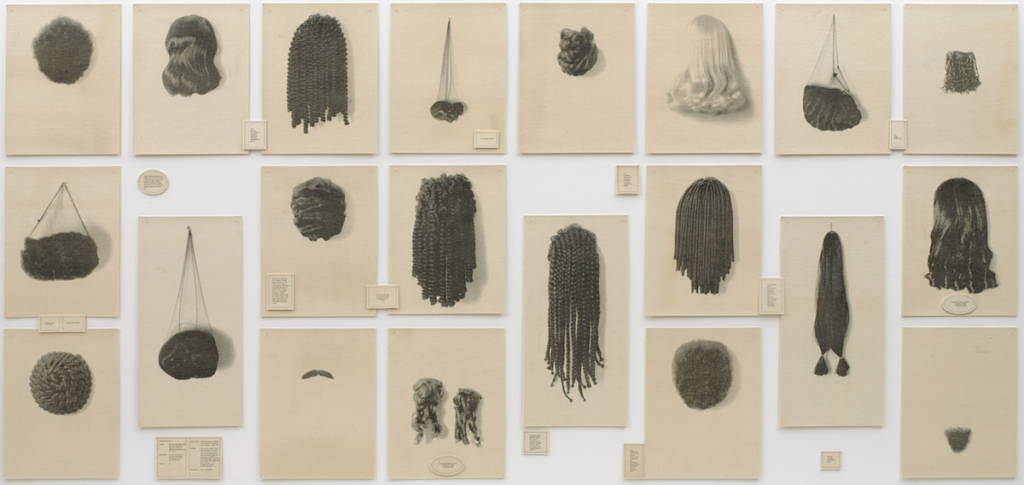
Image Courtesy- MoMa
Renowned American artist Lorna Simpson is most recognized for her avant-garde and provocative photography pieces, but she also works in other media like collages, videos, and installations. Simpson, born in Brooklyn, New York 1960, rose to prominence in the art world in the 1980s and is now well-known for her investigations on memory, race, gender, and identity. In one of her most famous series of works, Simpson manipulates and blends text with discovered photographs—often from old magazines or other print media—to construct multi-layered narratives that subvert accepted notions of identity and representation. Simpson challenges viewers to reevaluate the meanings and presumptions ingrained in visual representations by cropping, contrasting, or hiding portions of the photos and adding mysterious statements or subtitles.
It is impossible to overestimate the contributions notable Black artists have made to the field of art. These artists have enhanced the creative landscape and enlarged cultural narratives, defied social norms, and opened doors for future generations with their bravery, inventiveness, and inventiveness.
Black artists have made a lasting impact on art history, from icons like Jean-Michel Basquiat, whose frank and emotive paintings encapsulated the turbulent energy of New York City’s 1980s art scene, to visionaries like Kara Walker, whose thought-provoking investigations of race, gender, and power have sparked essential dialogues.

